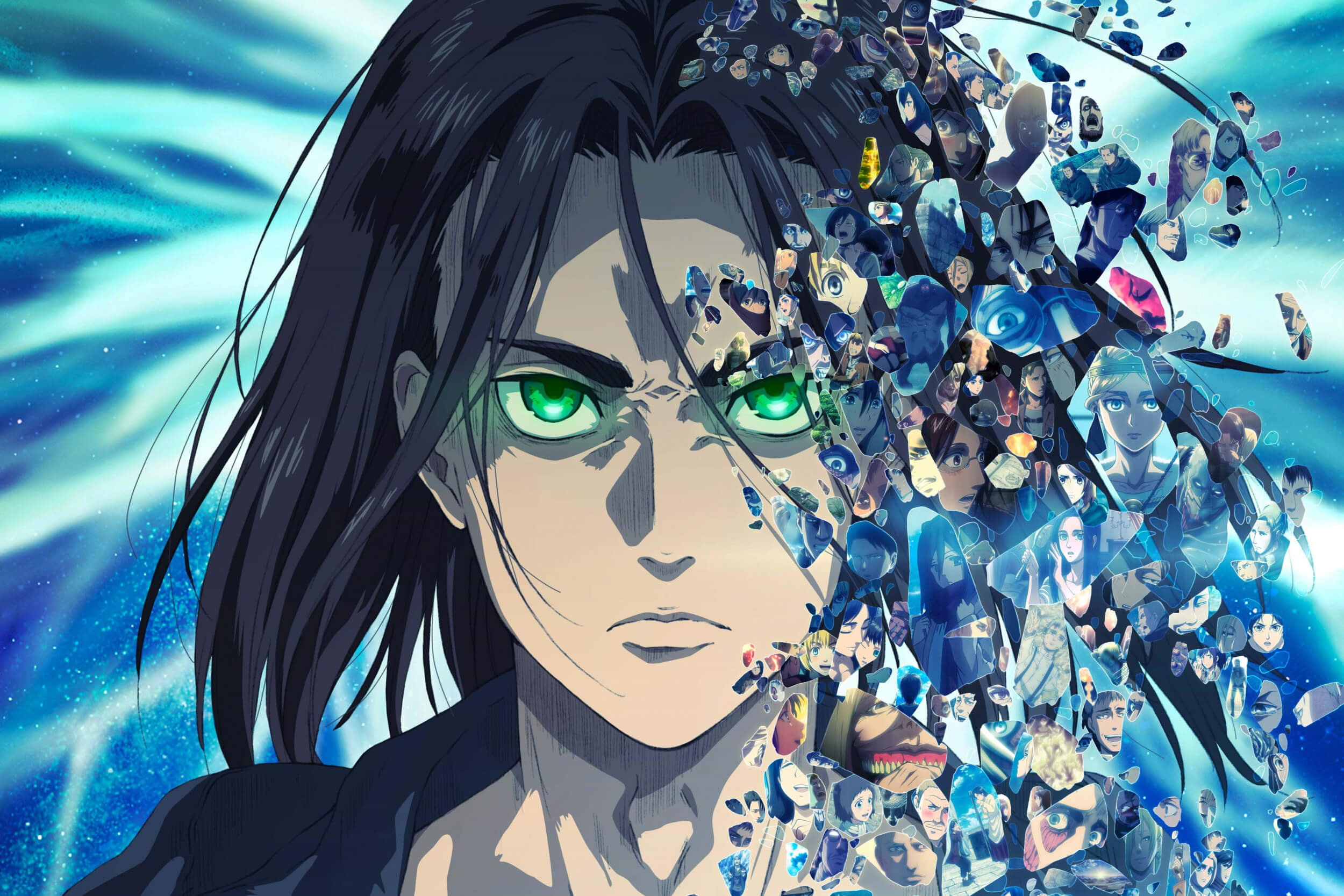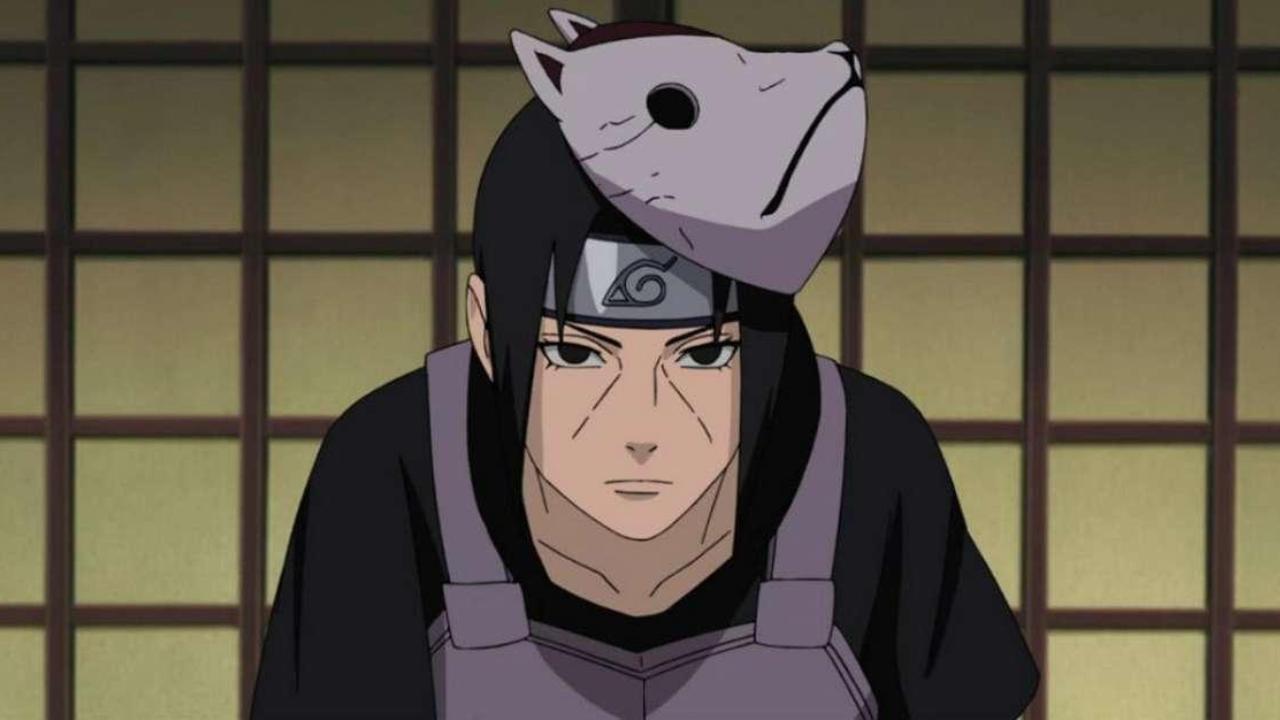Attack on Titan, which started in 2013, is considered one of the best new-generation anime. It’s based on a manga by Hajime Isayama. The manga concluded two years before fans got anime closure in November 2023. And the one of the most crucial factor for the show’s success is its characters.

The characters are like seasoning for the series, making it flavorful. Whether it’s the main characters or the supporting ones, each character is important. Mikasa and Levi, both Ackerman with superhuman powers, are two significant side characters.
However, in the series, Ackermans need to go through trauma or strong emotions to unlock these powers, similar to a concept in Naruto. This similarity led many fans to wonder: did Isayama take inspiration from Naruto for these powerful characters?
Ackermans Possess a Unique Power That Grants Them Superhuman Abilities
The Ackermans have a special power that gives them superhuman abilities, better than regular people. They can use the power of the Titans without turning into one. This power comes from experiments in the old Eldian Empire. When an Ackerman wakes up to this power, they get the fighting experience of all Ackermans before them.

But this strong ability doesn’t turn on automatically. It needs a trigger, usually tied to survival instincts. Mikasa, for example, found her power when she was 9 and in danger after her parents were killed. Eren helped her unlock this power, and she became very strong.
Levi Ackerman’s awakening isn’t shown in the story, but it’s hinted that Ackermans can use their powers when they really need to or feel strong emotions. Levi’s amazing combat skills are because of his Ackerman family, and it’s suggested his awakening happened in a tough and emotional moment in his past.
The Resonance of Trauma in Power Awakening in Attack on Titan And Naruto

The Ackermans’ power awakening is a lot like the Uchiha’s sharingan and mangekyo sharingan in Naruto. Just as Uchihas need strong feelings to unlock their sharingan and witness a loved one’s death for mangekyo sharingan, Ackermans go through a similar process. It’s a traumatic experience for both.
However, it might seem like Isayama, the creator, took inspiration from Naruto, but that’s not entirely true.
According to Eren in the series, Ackermans are naturally strong. Their awakening happens when they meet their “host” who gives them a duty. This makes sense because Ackermans were specifically bred to be guards for the king.

